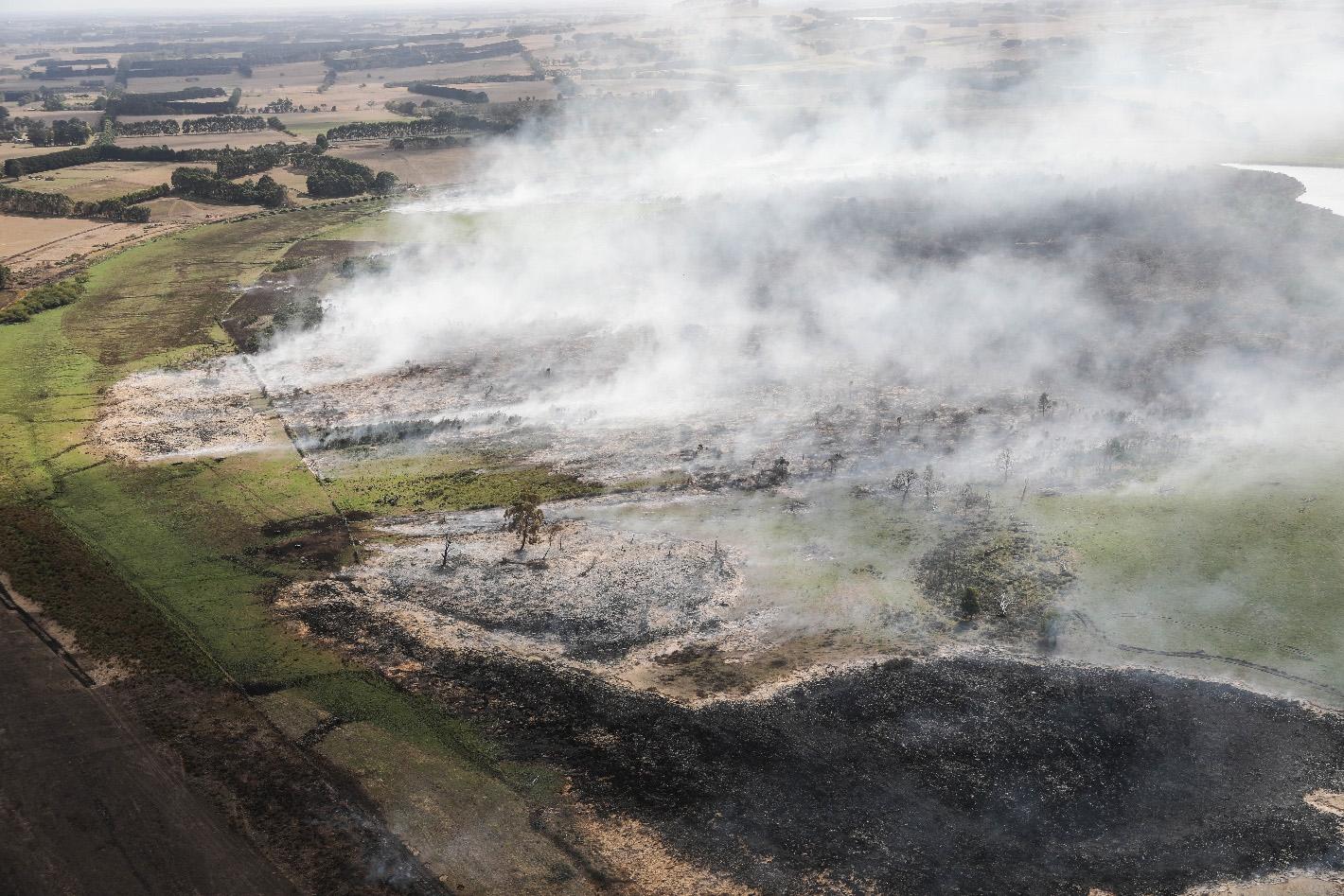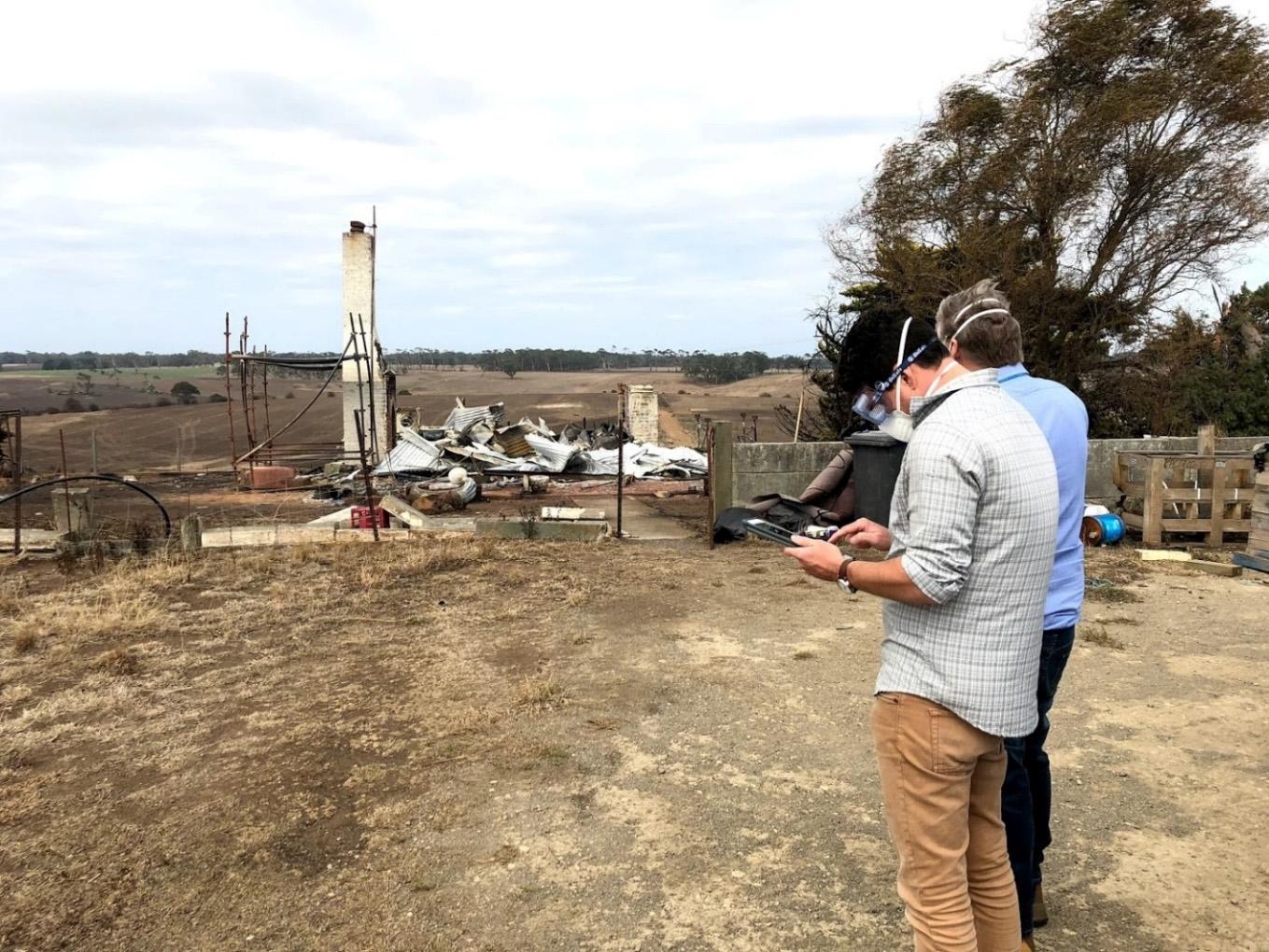Review of impact assessment and consequence management
29
Stakeholders who have responsibilities reporting IIA data discussed several limitations for expedited data reporting: •
expertise required to confirm data
•
large/dispersed areas of impact
•
collation of data from multiple sources
•
perceived data sharing restrictions
•
conflicting information
•
competing response duties
•
safe access to area of impact
•
gradual presentation of impacts (for example health emergencies, heatwaves, floods)
•
high risk of reporting incorrect data
•
differences in data reporting mechanisms and technology.
Stakeholders discussed the value of putting riders/caveats on information, offering ranges of data (for example ‘between 10–20’, or ‘at least 10’) or allowing comments on some metrics reported. For example, AV and EMV have modified the reporting metrics on injured persons to be a range, rather than an initial absolute figure. This adjustment has improved the confidence of AV to report data and allowed them to provide accurate ranges of data in a reduced time period. EMV is currently leading several projects to improve data accuracy and reporting of impact assessment data. These initiatives are discussed throughout this chapter.
3.2 Purpose of impact assessment Finding 1 The Inspector-General for Emergency Management finds the specific purposes of impact assessment are not clearly articulated and understood across the sector. The sector has a broad understanding of the purpose of impact assessment but would benefit from additional guidance around the specific purposes, data collection triggers and audience for the data collected. Data collection, data accuracy and completeness will continue to be problematic without a sector-wide understanding of the purposes of impact assessment and the data required to address these purposes. Stakeholders engaged in this review agreed that impact assessment has multiple purposes. Overall, they stated the purpose of impact assessment was to inform relief and recovery activities, and to provide information to the community through trusted political or community sources. The purpose of impact assessment is documented in a number of key sector policies, manuals and guidelines. These purpose statements are presented in Appendix 2 (p.65). These documents describe a number of different purposes with varying levels of detail and distinction between the three stages of impact assessment. The review highlighted a broad range of stakeholder perceptions about the specific purposes of impact assessment and which of these purposes were considered core. The different perceptions were in part associated with the variety of organisational roles in IIA and/or SIA. Different interpretations of the purpose of impact assessment were also observed across the three tiers (local, regional, state) of emergency management, even when stakeholders were working on the same phase (IIA, SIA) of impact assessment. One stakeholder’s follow-up comment was ‘…the purpose is clear within organisations, but not across [the sector].’ Table 2 (p.30) illustrates the variety of purposes, timeframes and uses for impact assessment data identified and proposed by stakeholders throughout the review. Stakeholders cited more purposes for impact assessment compared to those identified in sector doctrine, and there was some agreement regarding data considered to be urgent.






